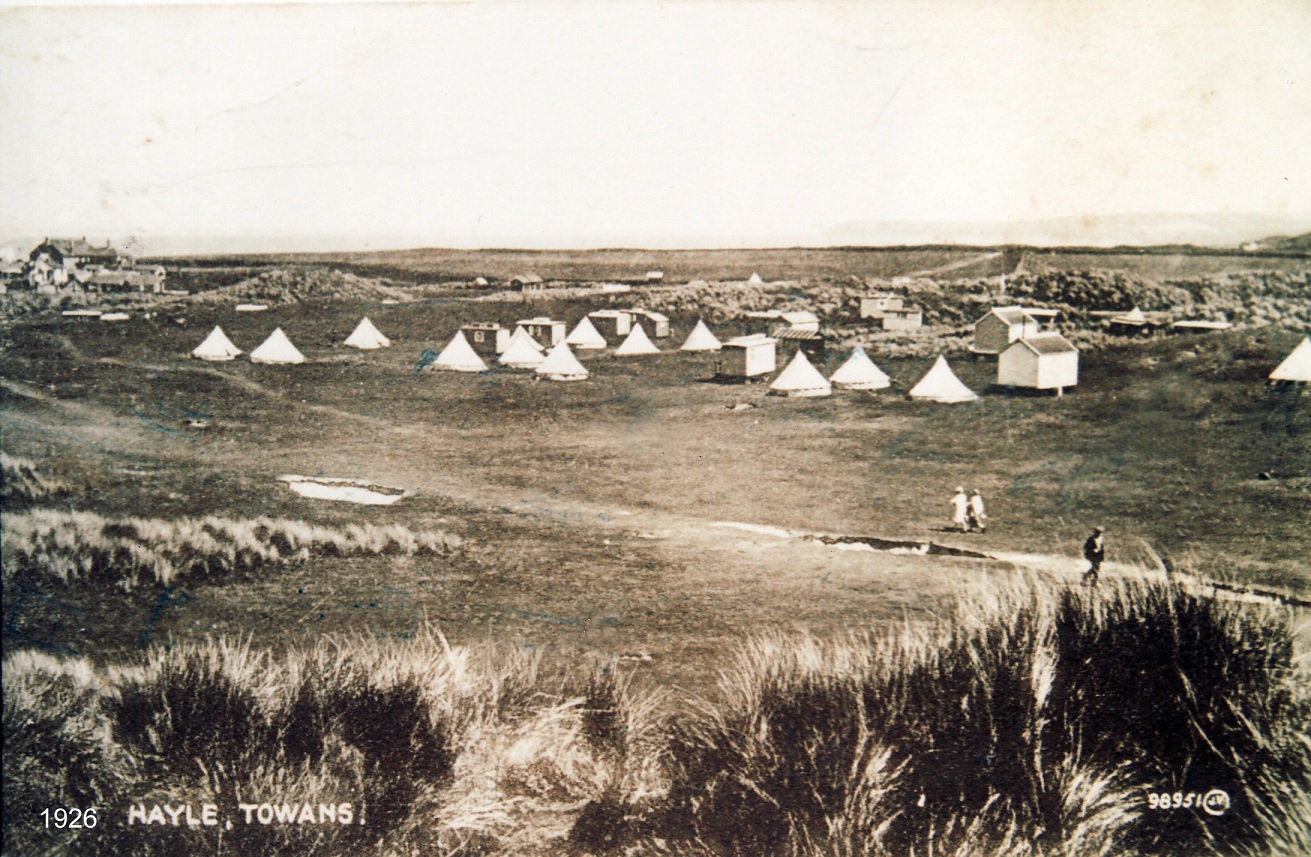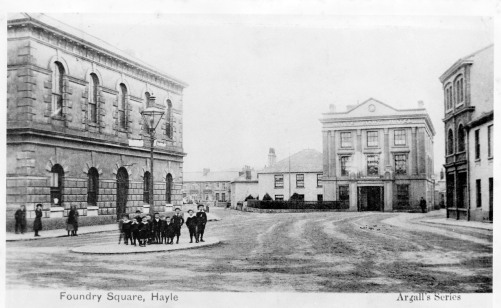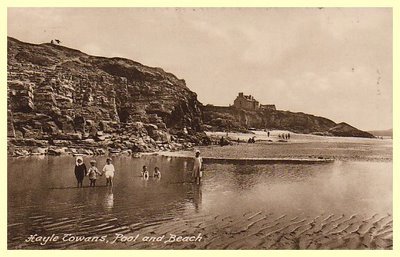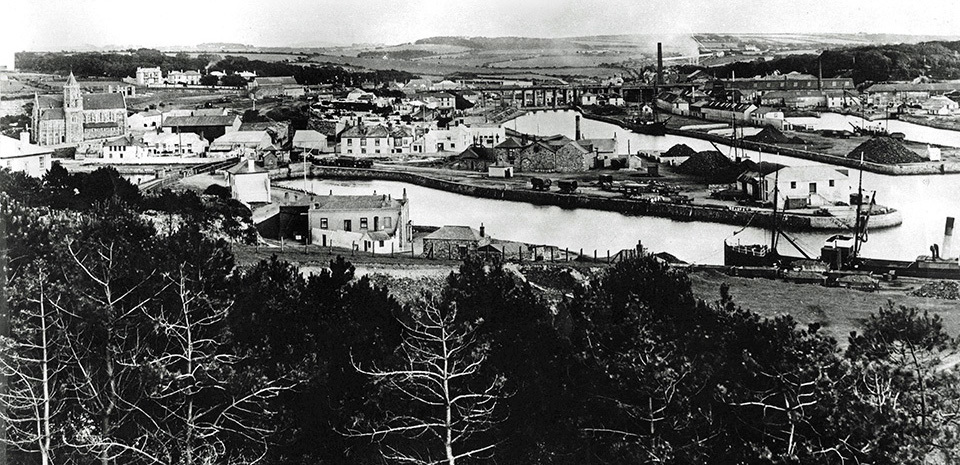A Snap Shot Of Historic Hayle & The Towans

Riviere Towans 1920s

Foundry Square

Hayle beach

Landscape of Hayle
Hayle
Although there is evidence of Bronze age settlements, there is no record of Hayle existing until 1130 but it was still little more than a church and few dwellings known as eglosheyl, ‘eglos’ meaning church and ‘heyl’ meaning estuary in Cornish. The town itself did not start to develop until the 1800s.
Industry
Hayle has a rich industrial history from 18th Century through to 19th Century with tin mining by the Cornish Copper Company, who created the Copperhouse Pool seen today and Harvey & Co who built a foundry and engineering works to supply the mining industry. Harvey & Co were best known for their beam engines which were considered the finest ever produced and not only used by Cornish mining companies but were also exported abroad as far as Australia. It also produced hand tools and ocean going ships, such as the SS Cornubia (latin for Cornwall) which was initially used for runs between Bristol and Hayle and later sold to America during American Civil War and used as a blockade runner.
A deep rivalry grew between the Cornish Copper Company and Harvey and Co over access to the sea, which set a divide in the town. The Cornish Copper Company controlled the dock and tidal sluice and Harvey & Co ended up building their own dock and tidal sluice, creating Carnsew Pool.
Harvey & Co later purchased the Cornish Copper Company but in the early 1900’s Harvey’s engineering works and foundry were closed.
It’s very last use was during the second world war, when it was reopened to build the D-Day landing crafts and defense vessels.
You can see evidence of this history in the town today. The bricks created by the Cornish Copper Company were given free to their workers to build their own properties, the Copperhouse and Carnsew Pools still exist today as well as pubs named after Copperhouse and the Cornubia.
Also, the Port of Hayle is part of the UNESCO Cornwall and West Devon Mining Landscape World Heritage Site.
The Towans
Towans, translates into sand dune but also refers to the sand dunes that stretch over 3 miles from Lelant Towans right across to Gwithian Towans.
Many families have been coming to Riviere Towans for generations. The park has been used as a holiday site since as early as the 1920s. The first accommodations were mainly bell tents or wooden caravans, though these have gradually morphed into the more permanent structures on site today.
